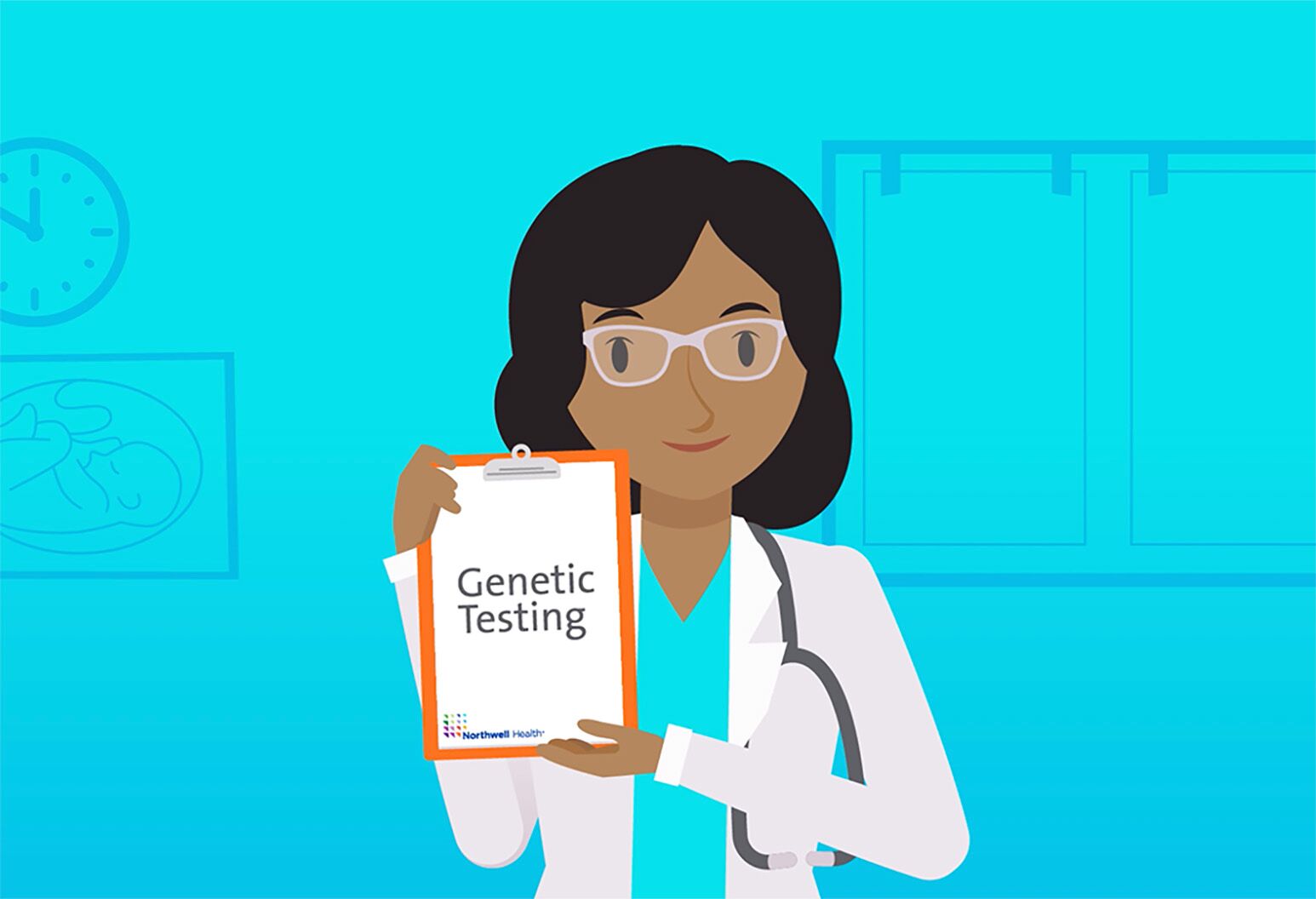Genetic testing

What is genetic testing?
Genetic testing is a type of medical test that identifies changes in chromosomes, genes or proteins. The results of a genetic test can confirm or rule out a suspected genetic condition or help determine a person’s chance of developing or passing on a genetic disorder. Genetic testing is offered to all women during pregnancy. If you have a personal or family history of a genetic disorder or birth defect, or are taking medications during your pregnancy, please inform your provider, as you may be referred directly to a genetic counselor.
Remember that genetic testing is optional. Testing has benefits but also has limitations and risks, so the decision about whether to be tested is a personal and complex one based on your unique values, beliefs and experiences. You can be assured that our expert team is here to provide information on all tests and will answer any questions you may have.
General risk of genetic abnormalities
Although genetic testing provides a lot of information, it doesn’t address all the risks to a pregnancy. Regardless of age, ethnicity or family history, everyone has a 2% to 3% risk of having a child with a birth defect and a 1% to 2% risk of having a child with an intellectual disability. The good news? The vast majority of pregnancies result in a healthy baby.
We know genetics can seem complicated—so we’ve created some videos to break it down for you. Because having a better understanding of your makeup is vital to making the best decisions for you and your baby.
In every pregnancy, there’s a small chance of chromosomal abnormalities. Learn about testing for them.
Learn about screening methods including ultrasound, maternal serum screening, and non-invasive prenatal screening (NIPS).
Learn about further testing options once a sample has been obtained from a procedure, such as CVS.
Are women over 35 at higher risk for having a baby with genetic abnormalities? Let us explain.
Insurance coverage for genetic testing varies and is based on many different factors. Here’s an overview to help you get more information.









